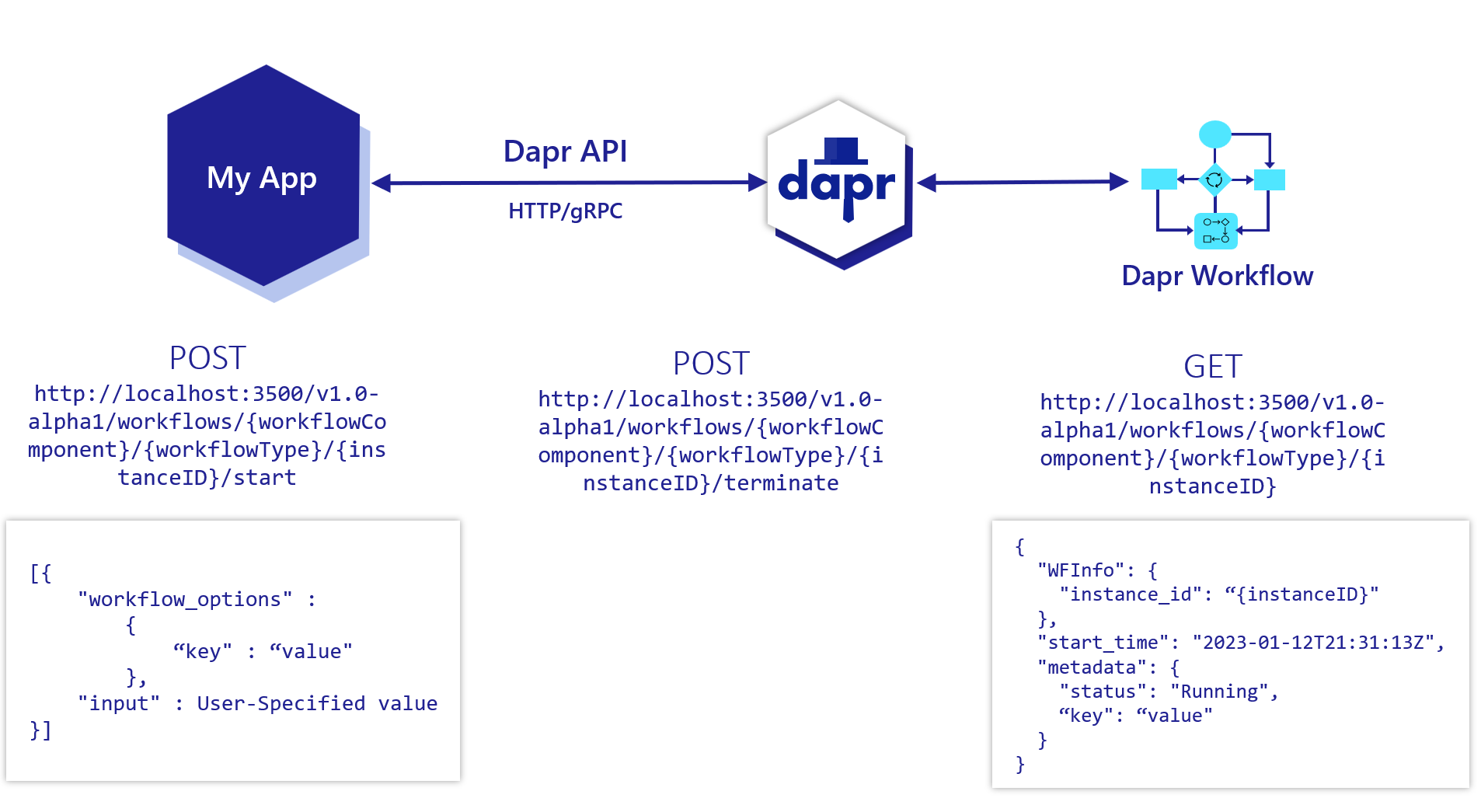Recently, the Dapr maintainers released V1.10 of Distributed Application Runtime (Dapr), a developer framework for building cloud-native applications, making it easier to run multiple microservices on Kubernetes and interact with external state stores/databases, secret stores, pub/sub-brokers, and other cloud services and self-hosted solutions.
Microsoft introduced Dapr in October 2019 and has had several releases since its production-ready release V1.0 in February 2021. Since the V1.0 release, Dapr has been approved by Cloud Native Computing Foundation (CNCF) as an incubation project, received approximately 43 new components, and has over 2500 community contributors.
The Dapr project continued releasing new versions, with the V1.10 release introducing several new features, improvements, bug fixes, and performance enhancements such as:
- Dapr Workflow: a new alpha feature that allows developers to orchestrate complex workflows using Dapr building blocks and components. For example, a workflow can provide task chaining - chain together successive application operations where outputs of one step are passed as the input to the next step. In addition, a quickstart for workflows is available.

Source: https://v1-10.docs.dapr.io/developing-applications/building-blocks/workflow/workflow-overview
- Stable resiliency policies: Dapr provides a capability for defining and applying fault tolerance resiliency policies (retries/back-offs, timeouts, and circuit breakers). The resiliency policies, first introduced in the v1.7.0 release, are now stable and production ready and apply to all building block APIs, such as Pub/Sub, State Management, Bindings, and Actors.
- Multi-App Run template: a new template for the Dapr CLI that allows developers to run multiple Dapr applications with a single command, simplifying the local development and testing experience.
- Pluggable component SDK: a new SDK that allows developers to create custom components for Dapr, such as state stores, pub/sub systems, and bindings.
- Publish and subscribe to bulk messages: a new feature that enables Dapr applications to publish or subscribe to multiple messages in a single request, improving the throughput and efficiency of pub/sub scenarios.
In a stack overflow thread, a respondent, nedad, commented on the performance of the Bulk-Publish API:
It turns out that the Dapr team is already working on a Bulk-Publish API, which gives much better performance. I was able to increase it to 9000 messages/sec with a batch-size of 100.
The Dapr 1.10.0 release also includes many fixes and improvements in the core runtime and components, such as support for multiple namespaces in Kubernetes, gRPC reflection in Dapr sidecar, custom headers in HTTP bindings, Azure Key Vault with managed identities and improved logging and error handling.
Marc Duiker, a Microsoft MVP and senior developer advocate at Diagrid, told InfoQ:
Dapr is excellent when you need to build event-driven applications. It provides a standardized set of API building blocks that allow developers to focus on their business logic. With release 1.10, many components have graduated to the stable level, ready to be used in production workloads. In addition, new features and components have been added that expand the functionality of Dapr.
In addition, he added:
Dapr Workflow is a new building block allowing developers to write long-running and resilient workflows in code. Improvements to the local development experience have also been made, like Multi-App Run, which simplifies running microservice-based applications locally by starting multiple apps with just one command. Both Workflow and Multi-App Run are alpha/preview features. Wait to use them in production, but try them out, either locally or in a test environment, and give feedback to the Dapr team, so they can keep improving the project.
InfoQ also spoke to Nick Greenfield, a Dapr maintainer who was able to comment on the project roadmap decided by project maintainers and the STC (Steering Technical Committee):
Dapr will continue investing in building blocks that help developers implement and solve common distributed system challenges. Furthermore, two open proposals for introducing two new Dapr building blocks are Cryptography API and Document Store API. Additionally, the Dapr project will continue to invest in building the community and look to expand the STC, as well as project maintainers and approvers.
Lastly, the Dapr 1.10.0 release is available for download from the Dapr GitHub repository or via the Dapr CLI. Furthermore, the Dapr documentation provides detailed instructions on how to install, upgrade, and use Dapr.